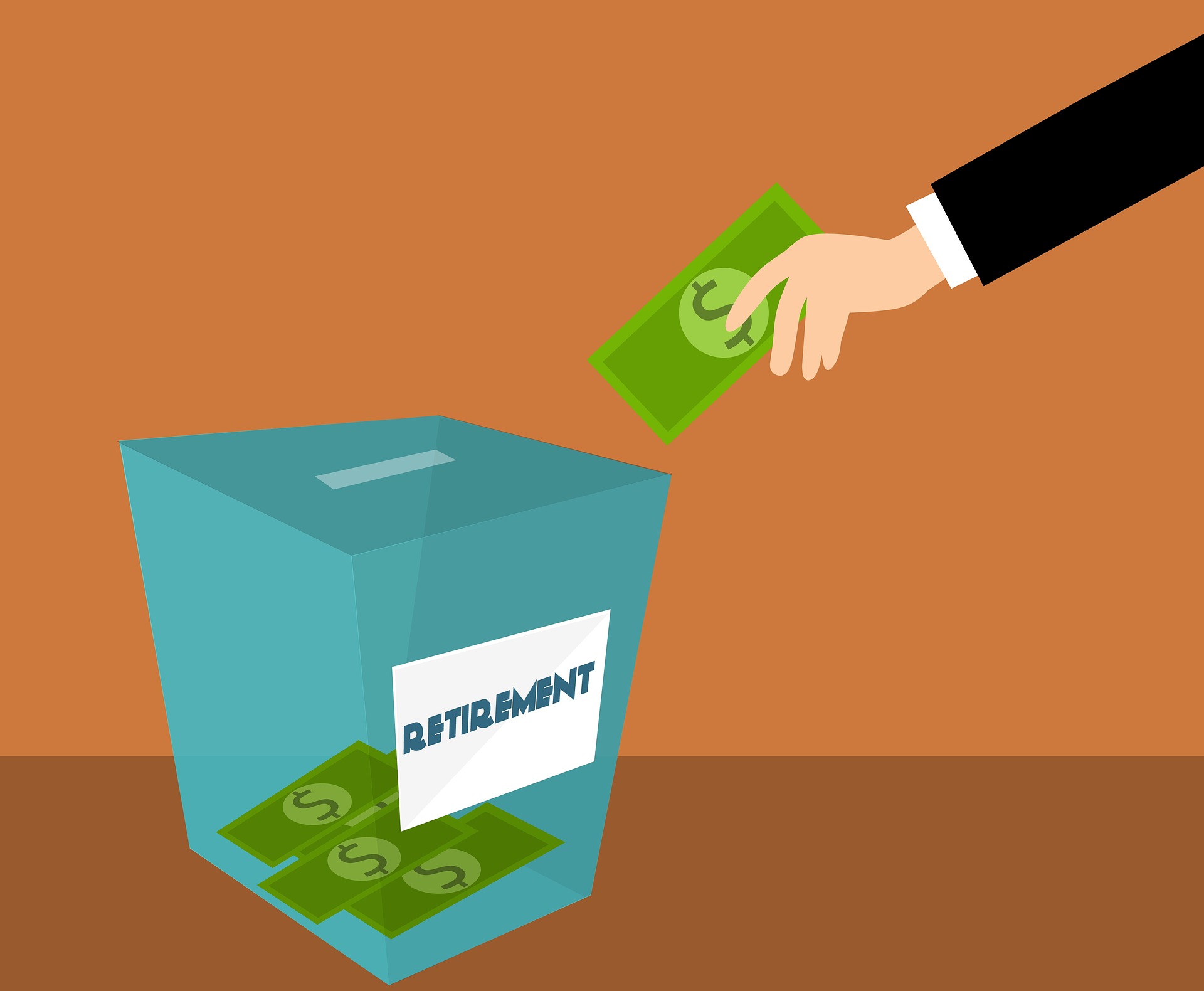Retirement planning is a crucial aspect of long-term financial security for investors. With increasing life expectancy and the growing need to fund one’s own retirement, it has become increasingly important for individuals to explore various investment options that can help them achieve their financial goals.
In this context, structured products and certificates have emerged as a powerful tool to diversify investment portfolios and enhance returns while managing risk effectively.

Retirement planning is essential for long-term financial security, and structured products and certificates offer valuable diversification and tailored risk-return profiles.
These complex financial instruments, including participation, discount, bonus, and express certificates, help investors in Switzerland and Europe create customized investment strategies to achieve their financial goals.
We aim to analyze how structured products and certificates can be used as part of a holistic retirement planning strategy for investors in Switzerland and Europe.
Structured products are complex financial instruments that combine a range of traditional investment tools, such as bonds, equities, and options, with derivatives to create a customized solution for investors. These products are designed to offer specific risk-return profiles, catering to the unique investment objectives and risk tolerance of individual investors.
Certificates, on the other hand, are a type of structured product that tracks the performance of an underlying asset, such as a stock, index, commodity, or currency, and are typically issued by banks or financial institutions.
They come in various forms, including participation certificates, discount certificates, bonus certificates, and express certificates, each offering a distinct risk-return profile to cater to different investor needs.
Role of Structured Products and Certificates in Retirement Planning
- Diversification
One of the primary benefits of incorporating structured products and certificates into a retirement planning strategy is the diversification they offer. By investing in a range of assets with different risk-return profiles, investors can reduce the overall risk of their portfolios and enhance their long-term returns.
For example, a Swiss investor looking to diversify their retirement portfolio could consider investing in a basket of European stocks through a participation certificate, which offers exposure to the performance of the underlying stocks while limiting the risks associated with direct equity investments.
- Tailored Risk-Return Profiles
Structured products and certificates enable investors to tailor their risk-return profiles according to their specific needs and preferences. This is particularly beneficial for retirement planning, as investors often have different investment objectives at different stages of their lives.
For instance, a younger investor with a high risk tolerance may opt for a bonus certificate that offers potentially higher returns if the underlying asset performs well, while an older investor nearing retirement may prefer a more conservative express certificate that offers a predefined return if the underlying asset remains above a certain threshold.
- Enhanced Returns
Structured products and certificates can provide enhanced returns compared to traditional investment options, making them an attractive option for retirement planning. Through the use of derivatives, these products can magnify gains or limit losses, depending on the chosen strategy.
For example, a discount certificate allows investors to purchase an underlying asset at a discount to its current market price, providing the potential for higher returns if the asset appreciates in value. Additionally, some structured products offer capital protection features, which can help preserve investors’ principal in adverse market conditions.
Examples of Structured Products and Certificates in Retirement Planning
- Participation Certificates for Long-Term Growth
Consider an investor in Switzerland who wants to invest in European equities for long-term growth as part of their retirement planning strategy. Instead of directly investing in stocks, they could opt for a participation certificate that tracks the performance of a broad European equity index, such as the EURO STOXX 50.
By doing so, they gain exposure to the underlying stocks’ performance while enjoying the benefits of diversification, as the certificate is linked to a basket of equities rather than a single stock.
- Bonus Certificates for Yield Enhancement
An investor nearing retirement may be looking for ways to enhance their investment in a bonus certificate linked to a European stock index.
Bonus certificates offer the potential for higher returns if the underlying index performs well while providing a minimum return, known as the bonus level, as long as the index does not fall below a predefined barrier level during the investment period.
For example, assume an investor purchases a bonus certificate on the EURO STOXX 50 index with a barrier level of 70% of the initial index value and a bonus level of 120%.
If the index remains above the barrier level throughout the investment period, the investor will receive a return of at least 20% at maturity, regardless of the index’s actual performance.
However, if the index falls below the barrier level, the investor will receive a return equivalent to the index’s performance, which could potentially be negative.
- Express Certificates for Regular Income
Retirees often seek regular income to supplement their pensions and cover living expenses. In this context, express certificates can be an attractive option. These certificates are structured to provide predetermined periodic payments as long as the underlying asset, such as an equity index or a basket of stocks, remains above a certain threshold.
For instance, an investor could invest in an express certificate linked to the performance of a basket of European dividend-paying stocks. The certificate might offer a 5% annual payout if the basket’s value remains above 90% of its initial level at each observation date.
If the basket’s value falls below the threshold, the payment may be deferred until the value recovers. In this way, express certificates can provide regular income while offering some degree of capital protection.
- Capital-Protected Products for Conservative Investors
For investors with a low risk tolerance or those nearing retirement, capital-protected structured products can be an attractive option.
These products are designed to preserve the investor’s principal while still offering exposure to the potential upside of an underlying asset or index.
For example, an investor might choose a capital-protected certificate linked to the performance of a European equity index with a 100% capital protection feature.
This means that, at maturity, the investor is guaranteed to receive at least their initial investment, regardless of the index’s performance. If the index performs well, the investor may receive additional returns based on the index’s appreciation.
Get Started with YiELDEN




